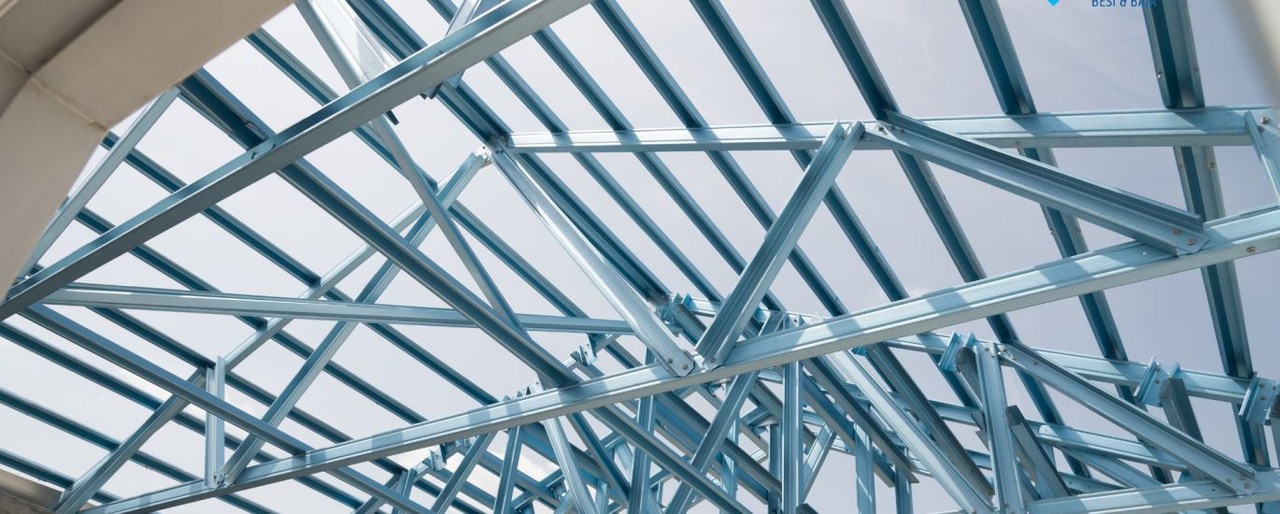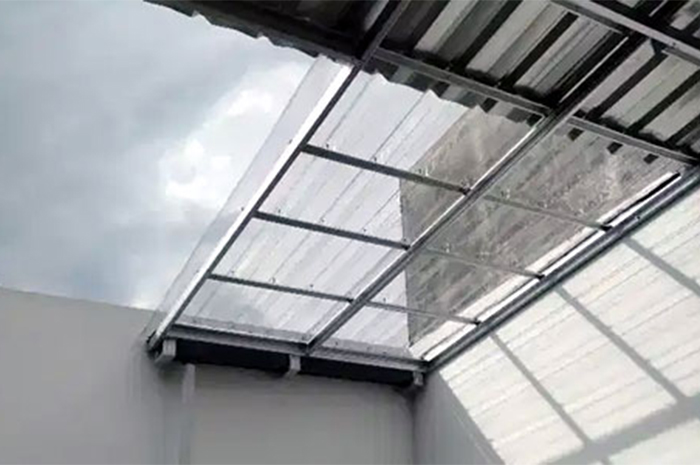 Bahasa Indonesia
Bahasa Indonesia  Inggris
Inggris
 Bahasa Indonesia
Bahasa Indonesia  Inggris
Inggris
 - Has a high roof with a slope above 30 degrees. The space under the roof is useful for reducing heat.
- Has a high roof with a slope above 30 degrees. The space under the roof is useful for reducing heat.
- Has an overstek roof that is wide enough to reduce the effect of tampias from rain accompanied by wind. In addition, also to hold direct sunlight into the building.
- Has a hole for cross ventilation in the air, so that the temperature in the room can remain comfortable.
- In certain areas, the stilt house is a strong main feature to anticipate natural disasters and the threat of wild animals.
- Tropical design generally uses natural materials whose sources can be obtained around it.
Humid tropical climate conditions require special conditions in the design of buildings and built environments, considering there are some specific factors that are only found specifically in that climate, so the theories of architecture, composition, shape, function of buildings, building images and values the aesthetic value of the building formed will be very different from the conditions in other regions with different climatic conditions. Conditions that influence the design of buildings in humid tropical climates are, namely:
Thermal Comfort
The effort to obtain thermal comfort is mainly to reduce heat gain, provide adequate air flow and bring heat out of the building and prevent heat radiation, both direct radiation from the sun and from the hot inner surface.
Heat can be reduced by using materials or materials that have a large heat resistance, so that the rate of heat flow through the material will be inhibited. The surface that receives the most heat is the roof. While the roof material generally has a heat resistance and heat capacity that is smaller than the wall. To speed up the heat capacity from the top is rather difficult because it will aggravate the roof. Heat resistance from the upper part of the building can be enlarged in several ways, for example the ceiling cavity, the use of reflective heat reflectors will also increase heat resistance.
Other ways to reduce the heat that enters include:
1. Reducing the surface area facing east and west.
2. Protect the wall with a shade device. Heat recovery can also be reduced by minimizing the absorption of heat from the surface, especially for the roof surface.
Airflow Through Buildings
The use of air flow or ventilation is:
1. To meet health needs, namely the provision of oxygen for breathing, carrying smoke and water vapor out of the room, reducing the concentration of gases and bacteria and eliminating odors.
2. To meet thermal comfort requirements, remove heat, help
cool the inside of the building.
Heat Radiation
Heat radiation can occur by sunlight which directly enters the building and from a surface that is hotter than the surroundings, to prevent it from being used by shading devices (Sun Shading Device).
Heat emission from a surface will provide thermal discomfort for occupants, if the air temperature difference exceeds 40C. this often occurs on the lower surface of the ceiling or the lower surface of the roof.
Daytime Natural Lighting
Daylight that consists of:
1. Direct sunlight.
2. Diffuse sunlight
For many-storey buildings, the higher the floor of the building the stronger the potential of sky light can be utilized. Sky light that reaches the work field can be divided into 3 (three) components:
1. Component of the sky.
2. Component of external reflection
3. Component reflection inside
Of the three components, the sky component provides the largest part in the level of illumination produced by a light hole. The factors that influence the level of information in the work area are:
1. Area and position of the light hole.
2. Teritis width
3. Barriers that are in front of a light hole
4. Reflection factor of light from the inner surface of the room.
5. The outside surface of the building around the light hole.
Tropical home design works towards one basic main goal: staying comfortable without relying on air conditioning. This is done by moderation of three variables: temperature, humidity and air circulation.

Komponen Atap Rumah Dan Fungsi-Fungsinya Yang Harus Anda Ketahui Sebelum Mulai Membangun Rumah!

Atap Transparan untuk Rumah, Lebih Baik Pakai atau Tidak?




